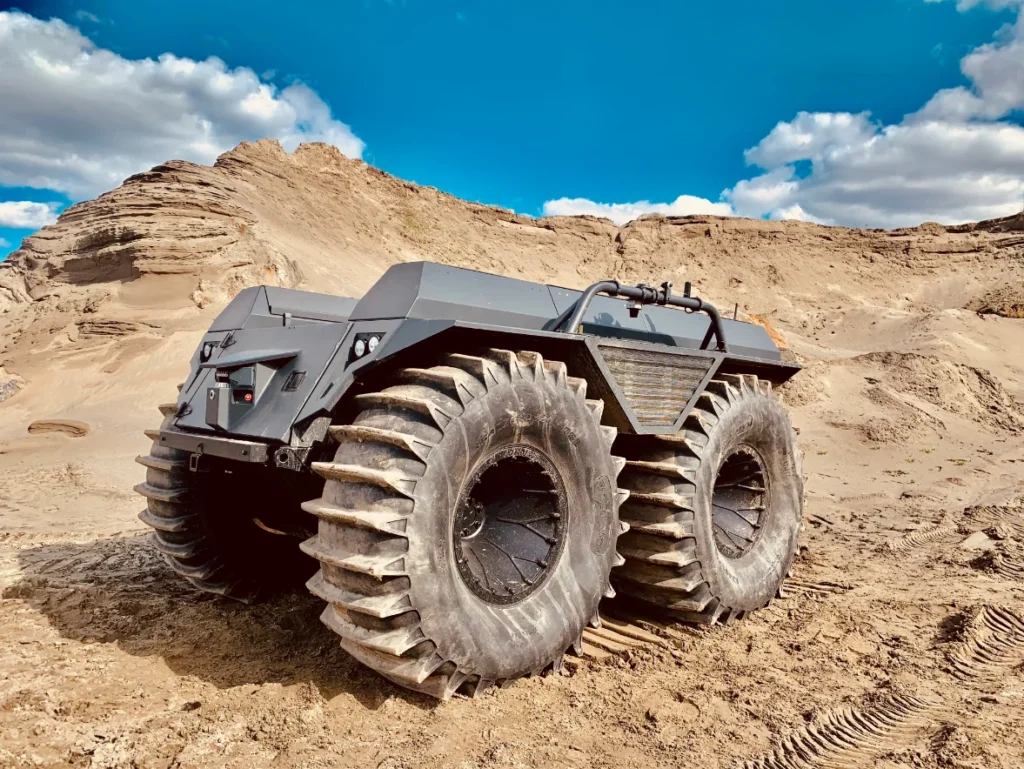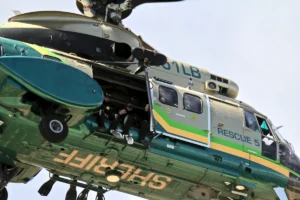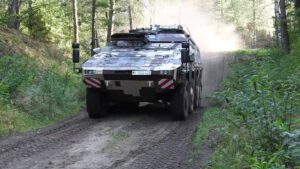
The UGV (Unmanned Ground Vehicle) is a ground vehicle that does not have an onboard crew. While an AGV (Autonomous Ground Vehicle) is a robot that operates independently.
These vehicles use sensors to perceive and collect information from the surrounding environment, plan the motion, carry out mission in dynamic environments through teleoperated, semi-autonomous or autonomous mode.
UGVs deployed in real-world activities have the potential to replace or collaborate with humans, they need to know the requirements and behaviors of operators and other people they might come into contact with in order to work safely in close physical collaboration.
These vehicles are capable of avoiding or climbing over obstacles, move at high speeds over rough terrain, climb steep slope. They are equipped with an array of sensors, enabling it to search for victims as in the case of urban search and rescue tasks to detect and localize survivors under the rubble or tools for a thorough Inspection and survey of the facilities, including any testing.
UGVs have many potential applications in several industries including defence. In this sector the UGV can perform the “dull, dirty and dangerous tasks”and interventions in hazardous environments, reducing the risks and threats of human. For example, the Rheinmetall Canada company developed the Mission Master XT, the latest member of its successful Mission Master family of Autonomous Unmanned Ground Vehicles (A-UGVs), that it’s highly mobile even in the toughest terrain and capable of carrying impressive payloads. It easily tackles ice, snow, and sub-zero weather conditions, as well as sandy, rocky and mountainous topography. Its advanced amphibious capabilities allow it to float and swim while maintaining its full payload capacity.
Cover image: Rheinmetall
Read more in the digital JP Mag – JPmag – May 2022
Paolo Mazzone
SubEng – HSE Adviser



